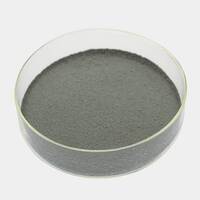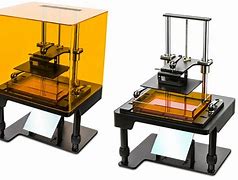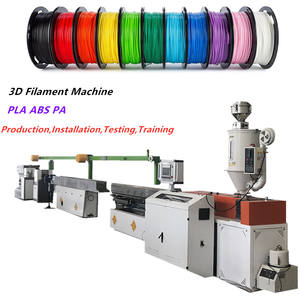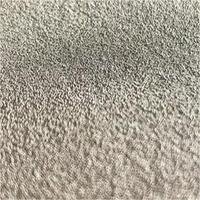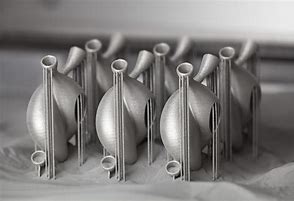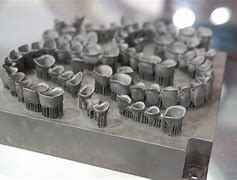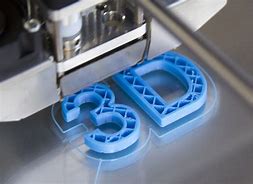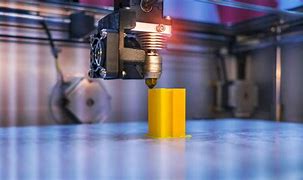Discover a professional 3D printing powder supplier
Tiny Tech, Big Surprise: The Secret Metals Inside Your Pocket-Sized 3D Pen
(what kind of Metals are in the World’s Smallest 3D Printing Pen)
That 3D printing pen you can slip into your pocket? It feels like magic. It melts plastic and lets you draw solid objects in the air. But the real magic isn’t just the plastic. It’s the hidden metals working hard inside its tiny frame. Forget heavy industrial machines. This is about clever engineering packed small. Let’s peek inside and see exactly what metals make this mini-marvel possible.
1. What Metals Power the World’s Smallest 3D Printing Pen?
Think about the jobs inside the pen. It needs to get hot, push plastic, and stay cool enough to hold. Plastic parts alone wouldn’t cut it. Metals handle the tough tasks. You’ll find several key players:
Brass: This golden-colored metal is a star. It’s often used for the nozzle, the very tip where the melted plastic comes out. Brass is chosen because it handles heat well. It also resists sticking to the hot plastic filament. This keeps the flow smooth.
Aluminum: Look for this lightweight, silvery metal in the heating block. This is the part that gets seriously hot to melt the plastic. Aluminum is great here. It spreads heat quickly and evenly. This means the plastic melts consistently. Aluminum also helps keep the pen’s overall weight down. Important for something you hold for a while.
Stainless Steel: This tough, rust-resistant metal shows up in critical spots. You might find it in small gears inside the feeding mechanism. These gears grab the plastic filament and push it forward. Stainless steel is strong and durable. It can handle the constant pushing force without wearing out fast. Sometimes, parts of the outer casing use stainless steel too. This adds strength and a sleek look.
Copper Alloys: Copper itself is fantastic at conducting heat. Sometimes, alloys mixing copper with other metals are used near the heating elements. This helps move heat efficiently from the heater to where the plastic melts.
These metals are chosen specifically. They offer the right mix of strength, heat resistance, weight, and cost for such a small device.
2. Why Do These Tiny Pens Need Metal Components?
Plastic is everywhere in gadgets. Why not use it everywhere inside the pen? The answer is simple. The pen faces extreme conditions plastic can’t handle.
Extreme Heat: The tip gets incredibly hot. It needs to melt plastic fast. Most plastics would soften, melt, or even burn at these temperatures. Metals like brass and aluminum handle this heat easily. They stay solid and keep their shape.
Constant Pressure: The feeding mechanism pushes the plastic filament hard. Plastic gears or parts would wear down quickly. They might even strip or break. Metal gears, especially stainless steel, are much stronger. They push the plastic reliably for a long time.
Precision and Durability: The nozzle hole is tiny. It needs to stay perfectly shaped to control the plastic flow. A plastic nozzle could warp from heat or get damaged easily. A brass nozzle stays precise. The whole pen gets jostled in pockets or bags. Metal parts inside add crucial strength. They protect the delicate internal workings.
Heat Management: The pen must melt plastic but not get so hot it burns your hand. Metals like aluminum help pull heat away from the outer shell. This keeps the grip area safer and more comfortable.
Metal is essential. It provides the backbone and the high-performance parts plastic simply can’t match for this job.
3. How Do These Metals Work Inside the Miniature Pen?
Understanding how these metals work together explains the pen’s magic. Imagine the process:
Step 1: Feeding the Plastic. You insert a plastic filament stick. Small stainless steel gears grab it. These gears turn, powered by a tiny motor. They push the filament stick steadily towards the hot end.
Step 2: Melting the Plastic. The filament enters the heating area. Here, an aluminum block, heated by a small element, surrounds the path. The aluminum spreads the heat fast. The plastic filament softens and melts completely inside this chamber.
Step 3: Controlling the Flow. The melted plastic moves forward. It reaches the brass nozzle. This nozzle has a very small hole. The brass stays hot enough to keep the plastic fluid. Its smooth surface lets the plastic flow out easily. You control the speed with a button. This adjusts how fast the gears push.
Step 4: Cooling and Solidifying. The molten plastic exits the nozzle tip. It hits the cooler air. It solidifies almost instantly. This lets you draw shapes in mid-air or build up layers on a surface.
The metals ensure each step happens reliably. The steel pushes. The aluminum heats evenly. The brass controls the exit. All packed into a space not much bigger than a marker.
4. Cool Applications for Your Pocket-Sized 3D Pen
Its small size and portability open up fun possibilities. Forget big 3D printers. Grab your pocket pen and try these:
Instant Repairs: Fix a broken plastic toy part. Mend a cracked phone case. Create a custom clip for loose cables. The pen provides strong plastic welds fast.
Creative Sketching: Draw 3D art right in front of you. Make wireframe sculptures. Add raised details to drawings or greeting cards. It’s like a pencil for the third dimension.
Educational Fun: Kids (and adults!) learn about 3D space. Build simple geometric shapes. Understand structures by creating mini bridges or towers. It makes abstract concepts tangible.
Jewelry & Accessories: Craft unique earrings, pendants, or charms. Personalize keychains or bag tags. Repair broken clasps on necklaces or bracelets.
Prototyping Ideas: Quickly test a physical shape for a project. Make a small model of an invention. See if parts fit together before committing to bigger manufacturing.
Decorations: Build miniature models. Create custom ornaments. Add unique 3D elements to picture frames or vases. Design custom cake toppers.
The portability means you can create anywhere. Take it to a workshop, a classroom, or just doodle on your desk.
5. Your Pocket 3D Pen Questions Answered
Got questions about these little wonders? Here are some common ones:
Is the pen safe to touch when working? The nozzle and heating block get extremely hot. Never touch them while the pen is on or cooling down. The grip area stays much cooler. Always hold only the designated grip section.
Can I use any 3D printer filament? No. Most pocket pens use special, low-temperature PLA plastic filament. Standard PLA or ABS used in big printers needs higher heat. Using the wrong filament can clog the pen or damage it. Always check the pen’s manual.
Why does my pen sometimes jam? Jams happen. Common causes are pushing the filament too fast, using the wrong filament type, or a tiny bit of debris stuck in the nozzle. Follow the manufacturer’s instructions for clearing jams. Often involves heating the pen and carefully pulling the filament back out.
How long does the filament last? It depends on your project size and how thick you draw. A single stick won’t last for huge projects. But they are small and portable. Most pens come with a few sticks. You can buy more easily.
Can I draw on any surface? Be careful. Drawing directly on very smooth surfaces like glass might not stick well. Delicate surfaces like paper could scorch from the heat. Test on a scrap piece first. Special surfaces like heat-resistant pads or build plates work best.
(what kind of Metals are in the World’s Smallest 3D Printing Pen)
Are the metal parts replaceable? Sometimes. Nozzles can often be unscrewed and replaced if they get damaged or clogged beyond cleaning. Other internal metal parts usually require professional repair if they fail. Check your pen’s warranty and support options.

